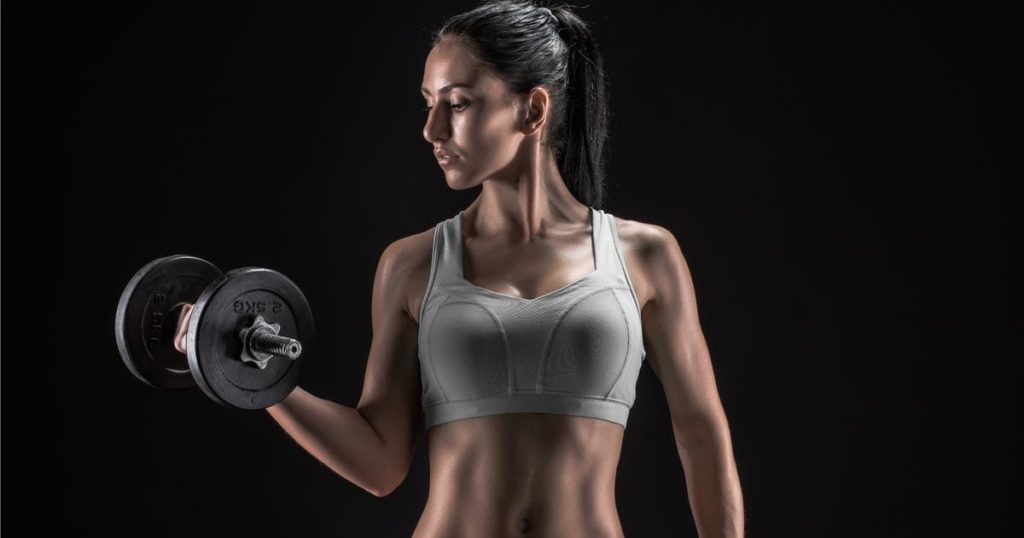Thinspiration is a term used to describe images and writings that promote extreme slenderness as a body ideal. These materials frequently appear on pro-ana websites that treat thinspiration as a cultural norm. Research indicates that the vast majority of these websites promote eating disorders by providing detailed information on how to begin, maintain and hide dangerously unhealthy eating behaviors.
Thinspiration Essentials
Thinspiration is a contraction of “thin inspiration.” The images and writings used as the basis for this inspiration come largely from women and teenage girls, not from men or teenage boys. In today’s world, the Internet serves as a primary outlet for thinspiration materials, although these materials almost certainly existed long before the formation of online communities.
Pro-Ana Websites
Pro-ana is short from pro-anorexia. However, pro-ana websites don’t typically focus just on anorexia-related thinspiration. Instead, most of these sites also contain materials that focus on the eating disorder bulimia. Like thinspiration in general, pro-ana sites are largely produced and supported by girls and women. A significant number of these sites actually contain content warnings and make statements about the dangers of eating disorders. However, these warnings and statements may exist largely to help the sites avoid legal responsibilities or web-hosting restrictions.
Promotion of Eating Disorders
In a study published in 2010 in the American Journal of Public Health, a team of American researchers conducted a large-scale survey of the content of pro-anorexia and pro-bulimia websites. These researchers found that most of the sites go beyond basic thinspiration themes and do things to actively promote the problematic eating behaviors that form the core of anorexia and bulimia. For example:
- 40% of the sites had an advice section that explicitly promoted disordered eating
- Another 43% had advice that promoted disordered eating mixed more generally with their thinspiration content
- 50% of the sites gave advice on food purging techniques, and
- Over 70% of the sites posted advice on how to fast or follow detailed “thinspired” diets
In addition, 43% of the pro-anorexia/bulimia websites provided information on how to hide the symptoms of these disorders from friends and family. Overall, the researchers concluded that, despite any content warnings or similar material, pro-ana websites and other pro-eating disorder sites actively encourage their visitors’ anorexia and bulimia. ResourcesBody Image: Bones, Body Parts and Sex Appeal – An Analysis of #Thinspiration Images on Popular Social Media https://www.sciencedirect.com/science/article/pii/S1740144515000303Australian Feminist Studies: Reflections on the Waif https://www.tandfonline.com/doi/abs/10.1080/08164649.2012.648258American Journal of Public Health: e-Ana and e-Mia – A Content Analysis of Pro-Eating Disorder Websites https://www.ncbi.nlm.nih.gov/pmc/articles/PMC2901299/

